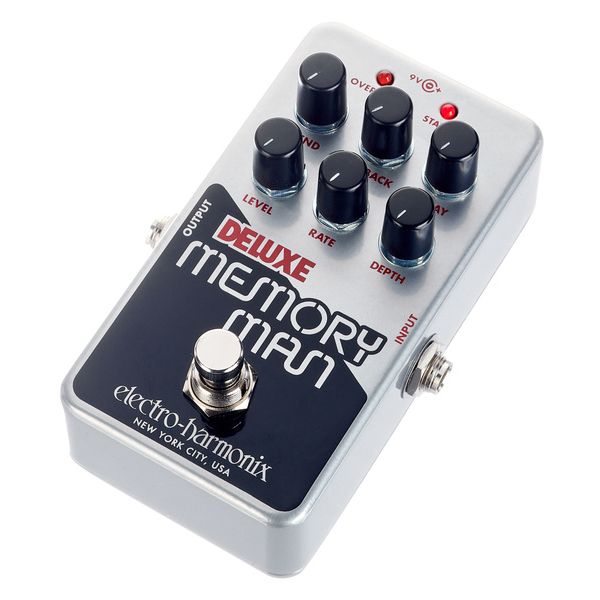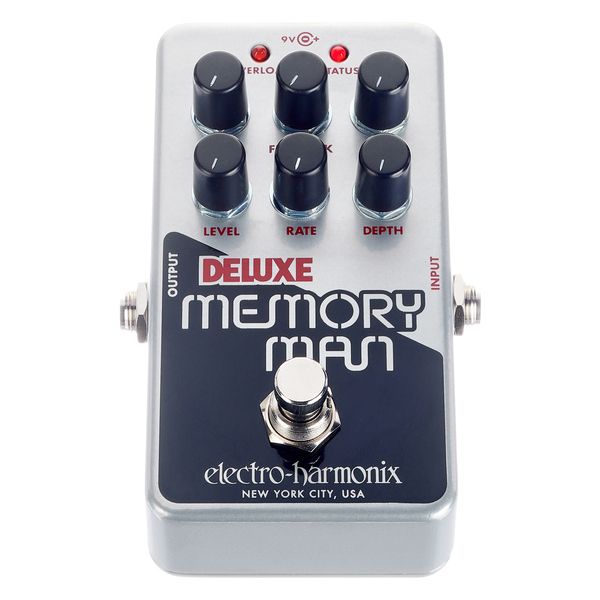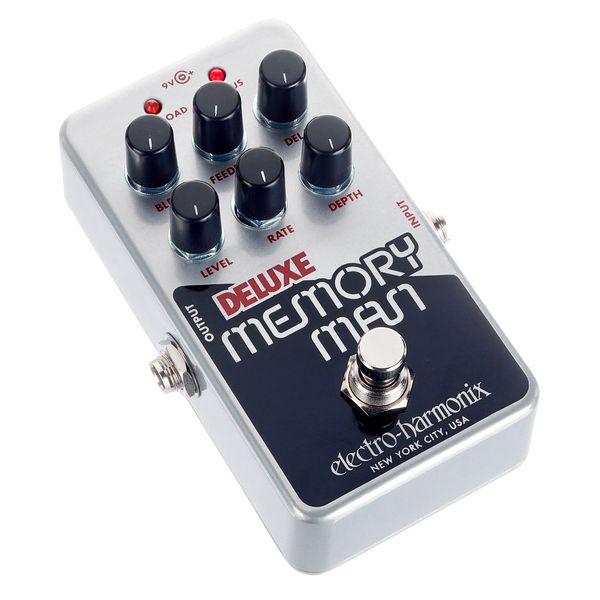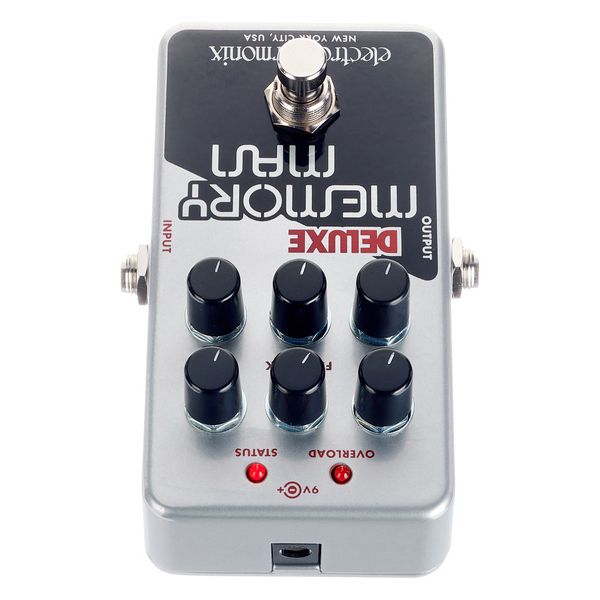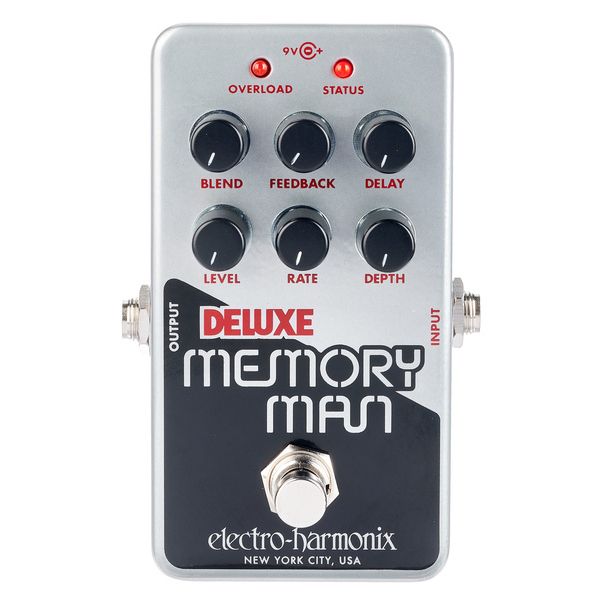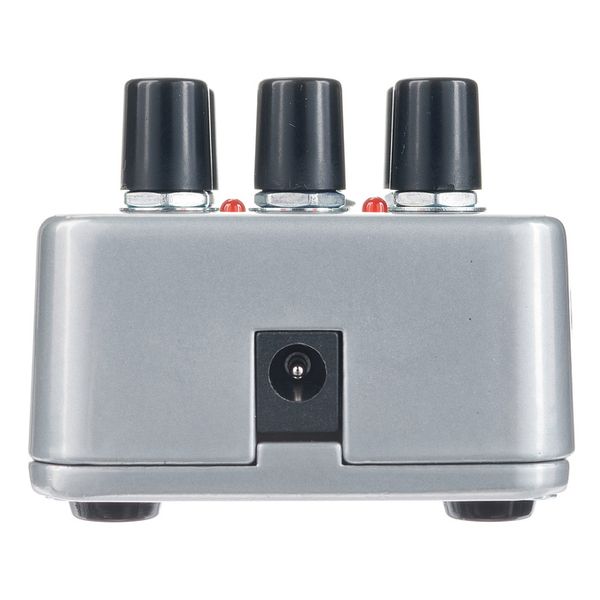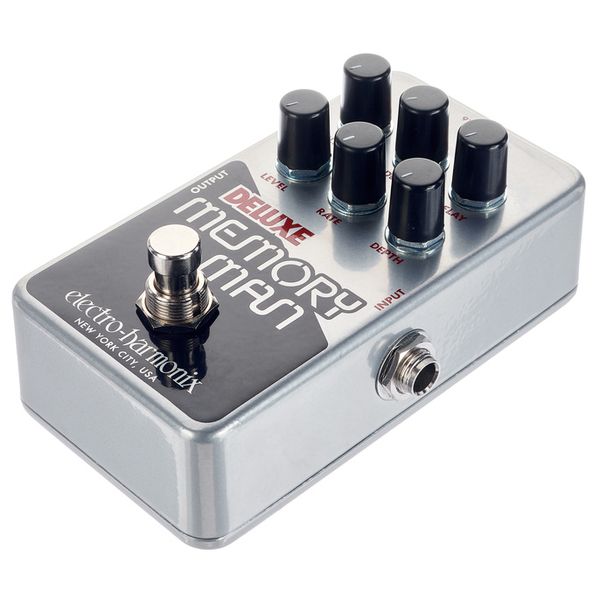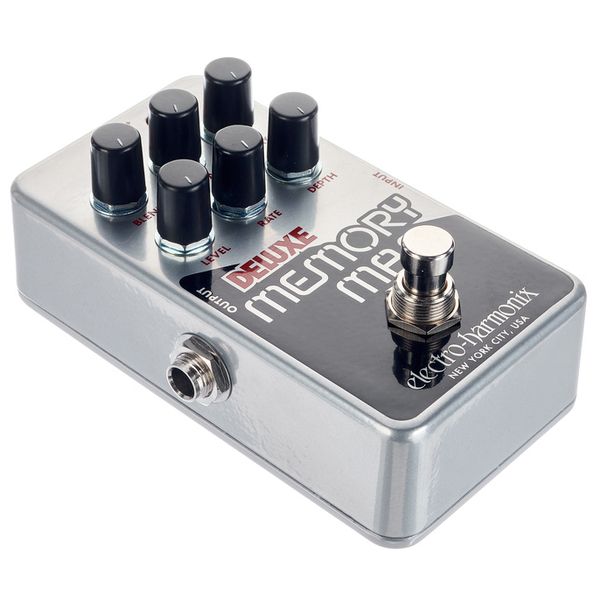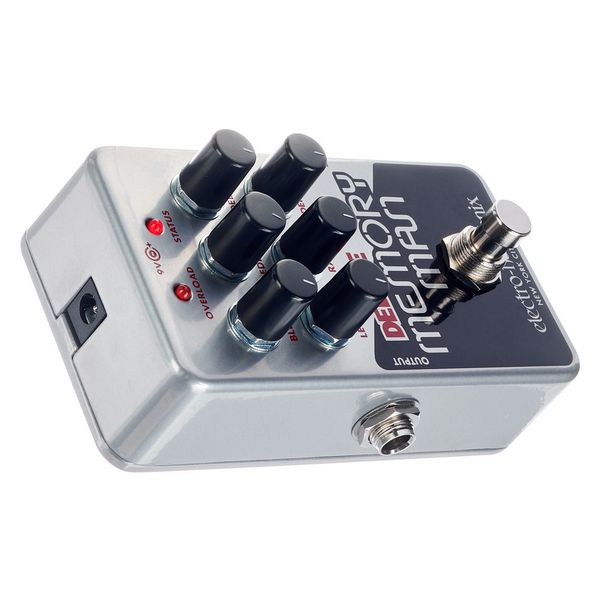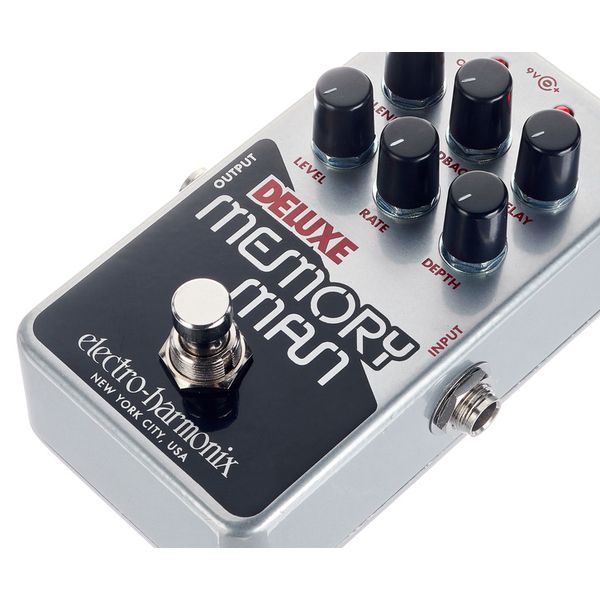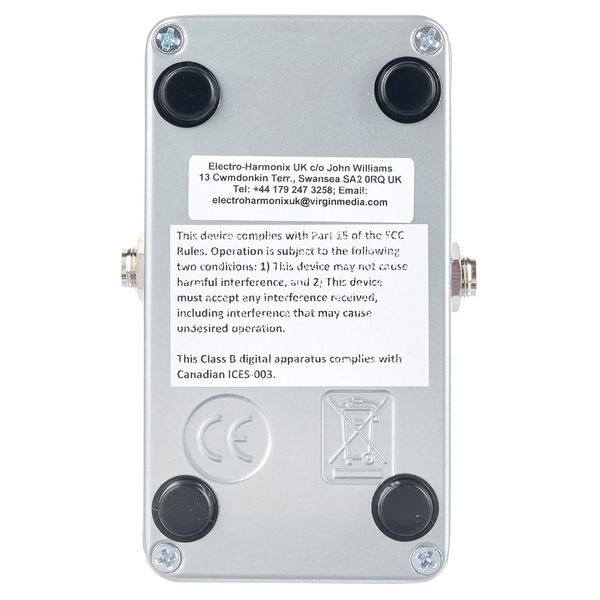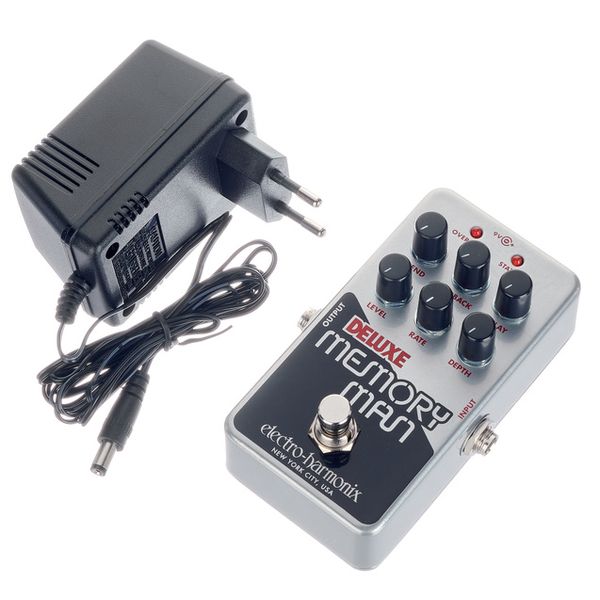I bought this to see if it would work well as a gig-friendly substitute for my older, larger Deluxe Memory Man. The short answer is: yes!
More details:
I’m comparing this to the older (perhaps 80s?) version of the Deluxe Memory Man which still contains the beveled enclosure, but has a detachable power cable, and clean, cylindrical knobs (rather than the chicken-head style).
Sonically, I find the Nano to be nearly indistinguishable from its larger predecessor, which is really incredible. Both pedals impart some character and shape into your signal, and both impart that classic memory man vibe. Both pedals are also a bit noisy, which may be undesirable for your use case, but that’s also pretty typical of DMM circuits, and, there’s a similar level of noise on both the old and the new, so I’m inclined to consider that “accuracy”.
Practically, there are four major differences between the pedals:
1) The Nano doesn’t have a dedicated “direct out”, which for me isn’t a problem, since I almost never use the “direct out” on the older, larger box.
2) Like other newer (but larger) DMM iterations, the Nano has a “Date” and “Depth” knob where the older version had a switch between “chorus” and “vibrato”, and a single “Chorus/Vibrato” knob. The “Depth” knob is the same as the single knob on the old model, and the switch is replaced by the “Rate” knob, which actually makes the Nano a good bit more flexible, and, thankfully, the manual includes a note about which “Rate” positions provide the best match to the switch settings on the older pedal.
3) The Nano has a switch behind the casing to toggle between “true bypass” and “keep your delay tails”. I haven’t tried the “keep your tails” mode yet, as the other DMM I have is direct-bypass, but this adds a level of flexibility that I wasn’t expecting. With “keep your tails” activated, the pedal will not true bypass, and instead always buffers your signal.
4) The knobs are a good bit smaller than on the larger DMM. This is a fair trade-off for the smaller size, and the amount of pedal board space saved, but it does mean that it’s more difficult to play with the delay parameters in real-time. On the larger model, I managed to get pretty good at turning some of the knobs with my feet, which isn’t possible with this one.
On the whole, considering older DMMs are going for upwards of €800 on ebay, the Nano is a *much* better purchase for most use cases. Heck, you could even buy two and still save a ton of money.


